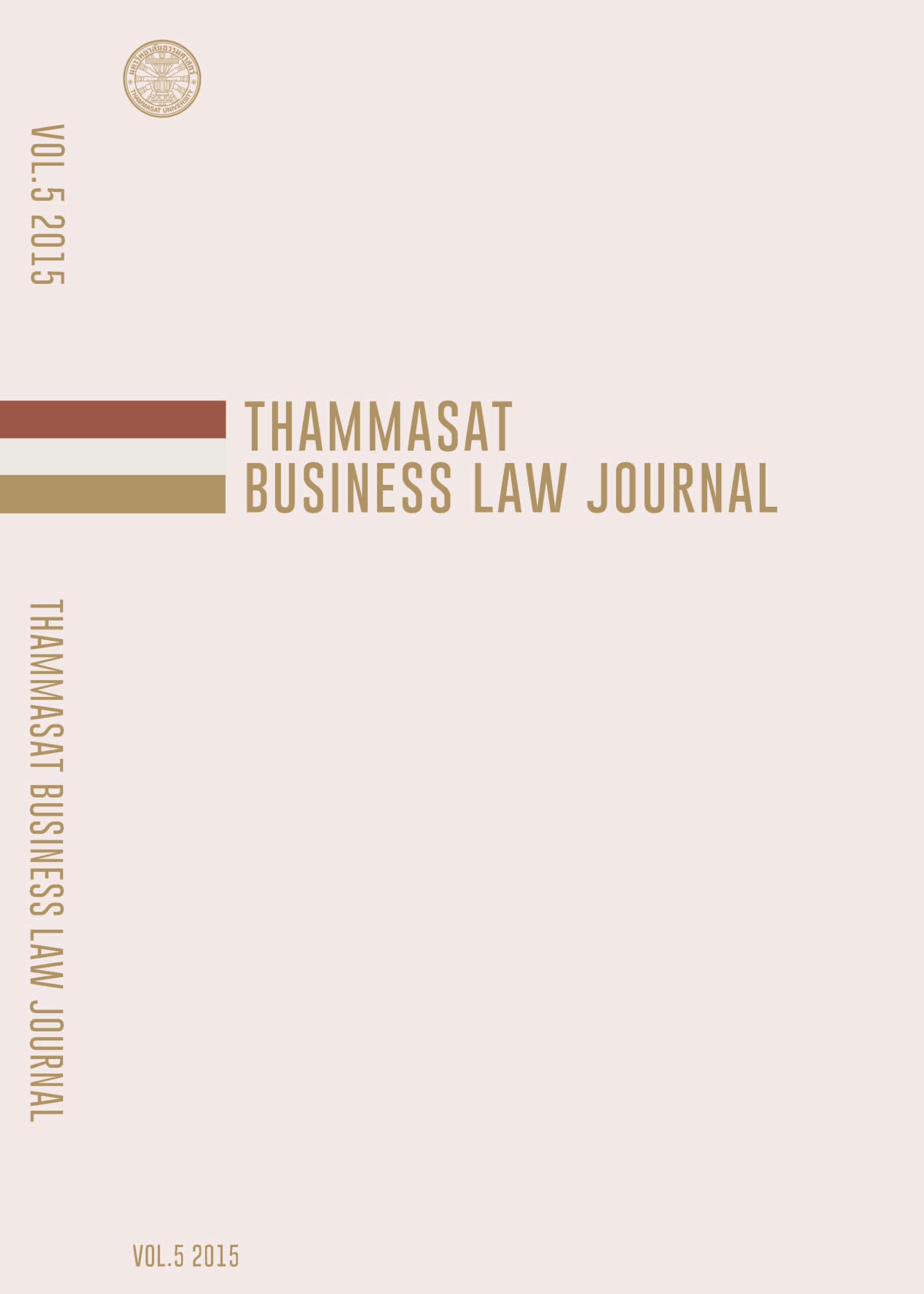LEGAL PROBLEMS ON PARODY IN TRADEMARK LAW
Main Article Content
Abstract
The problems with the infringement in the Intellectual Property are significant legal issues to be concerned. They are not only a problem for the victims but also a global issue in a broad picture. Trademarks are a type of intellectual property which serves as an essential tool in world trade, as it refers to the source of goods or services that the consumers use to trace back to the producers. The link between the consumers and producers is an important connection. The intellectual property law, therefore, aims to protect and maintain such connection and make it long-lasting.
As there are many brands of goods or services competing in the market. Each producer, hence, requires a part or share in the market for his/her own product. Parodying trademark may also be another way to attract attention to the brands.
However, the purpose of parodying is to convey a message from the parodist to the public, in relation with the subject of parodying and in the area of trademark, to take other person’s trademark and use e.g. parodying may increase the risk of infringement claims. Trademark parody usually takes a significant part of the original mark to refer back to the senior mark.
Legal analysis is required on whether or not parodying trademark is an act of infringement? The studying on the parodying trademark is conducted through the reviewing law articles, cases from the foreign countries in comparison to Thai Laws and searching electronic databases.
Article Details
References
สุพิศ ปารณีตพลกรัง. คดีเครื่องหมายการค้า. พิมพ์ครั้งที่ 2. กรุงเทพฯ: อฑตยา มิเล็นเนียม, 2549
(Supit Praneetpolkrung, Trademark Case, 2nd ed., Bangkok: Athataya Millennium, 2004).
Cacovean, Corina I.. “Is Free Riding Aided by Parody to Sneak Between the Cracks
of the Trademark Dilution Revision Act?” Hastings Commerce & Entertainment Law Journal, Volume 31 (2008-2009).
Deborah R. Gerhardt. “The 2006 Trademark Dilution Revision Act Rolls Out a luxury
claim and a Parody Exemption.” North Carolina Journal Of Law & Technology, Volume 8, Issue 2. (Spring: 2007).
Duncan, Samuel M., “Protecting Nominative Fair Use, Parody, and Other Speech-
Interest by reforming the inconsistent exemptions from Trademark Liability”, University of Michigan Journal of Law Reform, Volume 44, (2010).
Eric Sonju, “Likelihood of Confusion” is confusing enough: Why the Concept of Parody has no place in a likelihood of confusion analysis.” 38 AIPLA Q. J. (2010).
Myers, Gary, “Trademark Parody: Lessons from the Copyright decision in Campbell
v. Acuff-Rose Music, Inc.”, Law and Contemporary Problems, Volume 59 No.2 (Spring: 1996).
Perez, Steven M.. “Confronting Biased Treatment of Trademark Parody under the Lanham Act”, 44 Emory L. J. (1995).
Schechter, Frank I.. “The Rational Basis Of Trademarks Protection.” 40 Harv. L. Rev. (1926-1927).
เอกรินทร์ วิริโย และ วุฒิ ศรีธีระวิศาล, “การล้อเลียนเครื่องหมายการค้า: กรณีศึกษาเปรียบเทียบ
ระหว่างสหรัฐอเมริกาและไทย”, ดุลพาห 221, 226 กันยายน-ธันวาคม 2556 (Aekarin Viriyo & Wut Sritheeravisan, Parodying Trademark: Comparative Study between United States and Thailand, Dulpaha221, 226 September-December, 2013).
Dr. Shoen Ono, Overview of Japanese Trademark Law 1 (2nd ed., Yuhikaku Publishing 1999).


